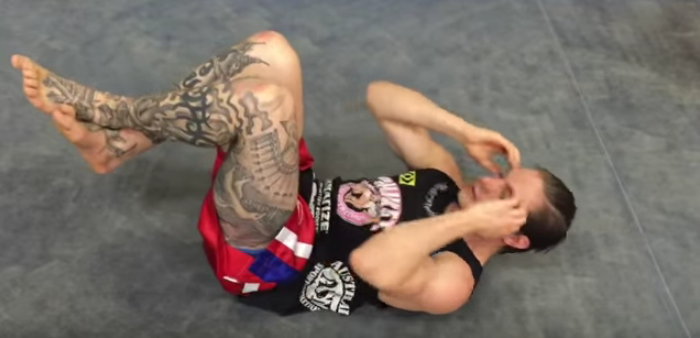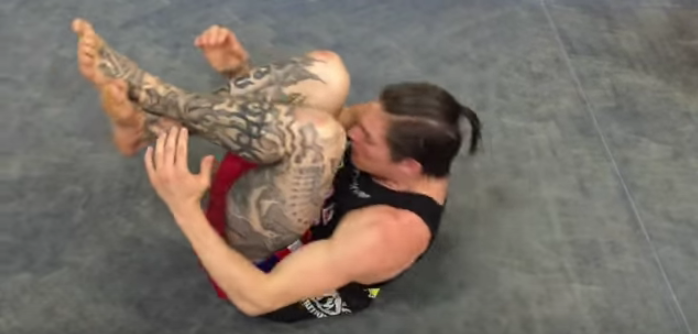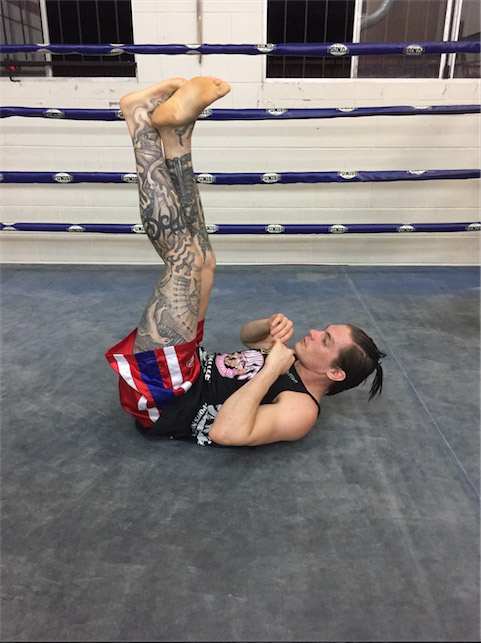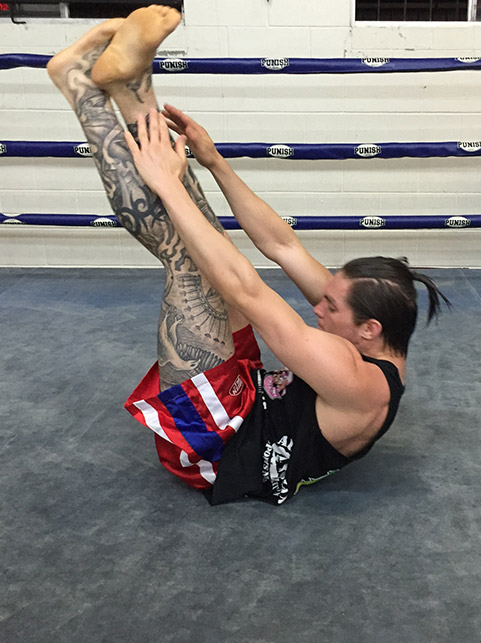Upcoming Events
No event available, please check back again, thank you.
Latest Articles
Core Conditioning for Muay Thai
13 July 2022
Core conditioning is a critical component of Muay Thai training. In fact, we can confidently say that Muay Thai fighters without core strength and conditioning are a recipe for disaster. Luckily for most, training alone already provides significant core conditioning. With a bit of added core-focused training, you can get rock-solid abs able to withstand direct blows.
Developing strong or shredded abs is often tedious, with people frequently trying different core strength machines. However, the truth is that you can develop a strong core even without equipment. Think about it – how often do you see a Muay Thai fighter without a shredded core? (Of course, aside from some heavyweight fighters.)
Muay Thai hardens our core and makes us impervious to body shots, so it’s important to incorporate core conditioning in Muay Thai training if you want to win a match. The movements performed in practice create solid abs and obliques. Muay Thai engages the core from striking to blocking and keeping your balance. Considering how many calories Muay Thai burns, you’ll find yourself with the ideal beach bod with a few consistent months of training.
Every fighter looks to get any advantage they can, so extra ab work is quite common in training routines. If you’re looking for competition-worthy abs, here are some Muay Thai core conditioning exercises fighters do.
Core Conditioning Exercises
-
Crunches
When talking about core exercises, we have to start with the basics. Crunches are a simple exercise that needs only a bit of floor space, so you can do it virtually anywhere.
How to do it
Start on your back with your feet in the air and knees bent at approximately 90 degrees. Bring your head and shoulders up off the ground towards your knees. Return to the original position and repeat.
Make sure not to pull your head up with your hands. Keep your hands at the side of your head, but make sure to keep them relaxed. You want your core doing the work, not your arms.
-
Side crunches
The side crunches are a variation of the classic crunch, designed to work your oblique muscles.
How to do it
Lie down on your left and bend both knees at 90 degrees, with your left flat on the ground and the right pointing up. Bring your right shoulder towards the right knee, which will lift both shoulders, and lay them down again. Rinse and repeat.
Keep your right hand at the side of your head, and the left hand crossed over to your right side. Be mindful not to use your elbow to lift you off the ground, or the exercise will not be as effective.
-
Heel touches
Heel touches are another exercise that doesn’t need much space. Start on your back with your knees bent, feet together and flat on the ground. Keep your hands straight at your sides.
Bring your head and shoulders up off the ground and touch your heels. This will bring your upper body higher than if you were doing crunches.
Take note
If you find yourself touching your heels without engaging your core, move your feet further from your butt to increase the distance to your heels.
-
Raised heel touches
Raising your feet makes touching your heels a bit more challenging. Lay on your back with your feet in the air, ankles crossed. Allow a slight bend in the knees.
Reach up with both hands to reach your heels/toes, lifting your shoulders from the ground. Release and relax back to the ground. Repeat.
Take note
Don’t bend your knees to bring your feet closer to your shoulders. The idea is to lift your shoulders as far as they can from the ground. If you can’t reach your heels or toes, modify by touching as high as you can on your shins.
-
Medicine ball drops
The medicine ball drop is a bit of a misnomer since you won’t be dropping the medicine ball. Instead, you’ll be dropping your body onto the ball. The impact of your core hitting the medicine ball simulates punches to your stomach. As a result, it hardens your core and conditions it for a fight.
Start in a high plank, with the medicine ball positioned right under your stomach.
Tense your abs as you lower yourself onto the ball. If you find this easy, lower yourself faster. Eventually, you’ll get to the point where you can just drop your body straight down.
Make sure to turn your body a bit. You want the ball to hit your sides as well to condition them against body shots.
-
Body shots
The best way to harden your core against body shots is to experience body shots at progressive power. This is very important when preparing for a fight. Otherwise, you may find yourself winded when you experience just what a body shot feels like.
Have a partner wearing gloves punch you in various stomach places while you tense your core. Make sure your partner starts light, and you can ask them to increase the power as you become used to the strikes.
If you want to challenge yourself a bit more, bounce lightly on your toes as your partner hits your stomach.
-
Sample routine
Beginners example routine:
- Crunches x 30
- Heel touches x 30
- Side crunches x 25 per side (50 total)
- Raised toe touches x 30
- Medicine ball drops x 20
- 1 minute of body shots
Rest for one minute then repeat the set. If you don’t have a partner, skip the body shots. Do this at least three times per week.
Fighters example routine:
- Crunches x 50
- Heel touches x 50
- Side crunches x 50 per side (100 total)
- Raised toe touches x 50
- Medicine ball drops x 30
- 1 minute of body shots (partner giving firm punches to your core while you bounce on your toes)
Rest for one minute then repeat the set. Do this at least three times per week.
If you liked this article, check out…
A Muay Thai Heavy Bag Workout Might be Just What You Need













